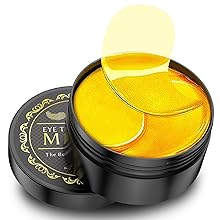
Quebec's residential school system started later than most in Canada — and also has history of abuse
CBC
WARNING: This story contains distressing details.
The destructive legacy of residential schools is often downplayed in Quebec, where they receive little mention in the provincial school curriculum, in part because they were fewer in number and operated for a shorter period of time.
But as was the case elsewhere in Canada, residential schools in Quebec were sites of abuse and tools of cultural genocide, facts amply documented by several federal and provincial inquiries in recent years.
The discovery of what are believed to be the remains of an estimated 215 children at the site of a former residential school in Kamloops, B.C., has many Indigenous leaders hoping for a more complete reckoning in Quebec.
"People are questioning, 'Did that happen here?'" said Clifford Moar, chief of the Mashteuiatsh First Nation, in the Lac Saint-Jean region, where the Pointe-Bleu residential school was located.
"I hope it did not happen ... [But] I am very open to making sure that research is done for the sake of the families that lost children and loved ones during that time."
Across the country, more than 150,000 First Nations, Métis and Inuit children were forced to attend the government-run school system between the 1870s and 1997.
The final report by the Truth and Reconciliation Commission in 2015 identified 3,200 children who died as a result of residential schools, including 38 in Quebec. But Indigenous leaders and other experts believe the true figure could be far higher.
Here is a brief overview of how the schools operated in Quebec, as documented by the TRC, the Quebec volume of the National Inquiry into Murdered and Missing Indigenous Women and Girls (MMIWG) and the province's Viens commission.
In 1948, the Canadian Parliament had sufficient concerns about the health of students at residential schools across Canada to recommend they be shut down.
In Quebec, however, the system was just getting started.
At the time, there were only two residential schools — both at Fort George on James Bay. But there was growing interest in exploiting natural resources in the central part of the province, which required the displacement and settlement of Indigenous communities.
In the years that followed, the federal government founded four residential schools in Quebec, three under the management of the Roman Catholic Church and the fourth operated by the Anglicans.
Residential schools opened in Sept-Îles in 1952, Amos in 1955, Pointe-Bleue in 1960 and La Tuque in 1962. Often, the openings coincided with the establishment of new First Nations reserves.





















 Run 3 Space | Play Space Running Game
Run 3 Space | Play Space Running Game Traffic Jam 3D | Online Racing Game
Traffic Jam 3D | Online Racing Game Duck Hunt | Play Old Classic Game
Duck Hunt | Play Old Classic Game